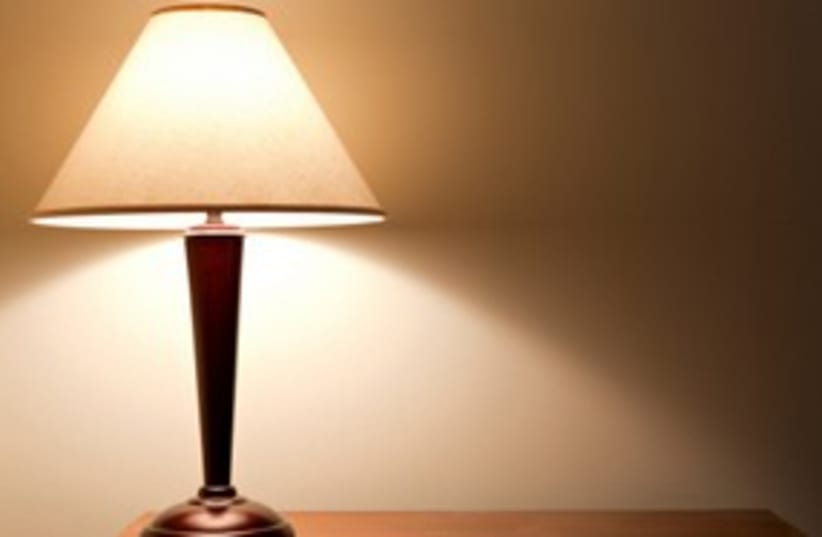Types of light bulbs Every light bulb has its own characteristics of color, quality, technology and lifespan. The choice of light bulb influences the atmosphere in the room, as well as the nature of the illumination.Incandescent: This is the oldest and most common bulb since its invention by Thomas Edison in 1879. It simulates natural sunlight exceptionally well. However, the fact that it has a short lifespan -- only about 1,000 hours -- and consumes a lot of energy has lessened its popularity in the last few years.Fluorescent: This type of bulb is energy A efficient, works for about 8,000 hours and produces five times more light than a Livon bulb with identical power. The hue of its light is traditionally white and cold, but in the last few years it has also become available in a warm and yellow shade of light. PL bulbs are fluorescents with a screw thread that enables them to be connected easily to standard light sockets.Halogen: This type of bulb produces a warm shade of light, works for 3,000 hours and consumes half the amount of energy used by the Livon for the same output of light.LED: The light-emitting diode is the most innovative form of lighting today, thanks to the fact that it works for about 50,000 hours. Its hue of light can be either warm or cold, and its energy consumption is very low. The strength of the illumination is usually low, but now there are lighting elements that take advantage of this economical bulb to produce stronger light
Love your lamp
Don't let the winter put a damper on your shine. There's nothing like good lighting to gladden the soul.

Types of light bulbs Every light bulb has its own characteristics of color, quality, technology and lifespan. The choice of light bulb influences the atmosphere in the room, as well as the nature of the illumination.Incandescent: This is the oldest and most common bulb since its invention by Thomas Edison in 1879. It simulates natural sunlight exceptionally well. However, the fact that it has a short lifespan -- only about 1,000 hours -- and consumes a lot of energy has lessened its popularity in the last few years.Fluorescent: This type of bulb is energy A efficient, works for about 8,000 hours and produces five times more light than a Livon bulb with identical power. The hue of its light is traditionally white and cold, but in the last few years it has also become available in a warm and yellow shade of light. PL bulbs are fluorescents with a screw thread that enables them to be connected easily to standard light sockets.Halogen: This type of bulb produces a warm shade of light, works for 3,000 hours and consumes half the amount of energy used by the Livon for the same output of light.LED: The light-emitting diode is the most innovative form of lighting today, thanks to the fact that it works for about 50,000 hours. Its hue of light can be either warm or cold, and its energy consumption is very low. The strength of the illumination is usually low, but now there are lighting elements that take advantage of this economical bulb to produce stronger light